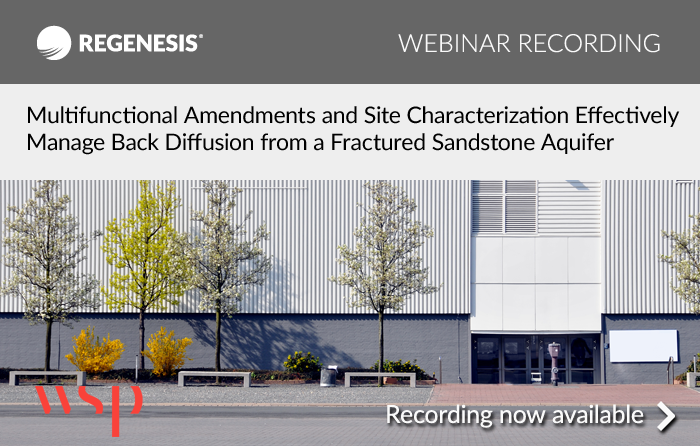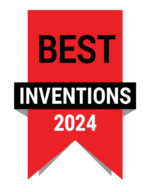In Situ Chemical Reduction (ISCR): The Core Concepts and Their Engineering Implications
In this webinar we are pleased to have a special guest presentation by Paul Tratnyek, PhD, Professor in the Division of Environmental and Biomolecular Systems (EBS) and Institute of Environmental Health (IEH), at the Oregon Health & Science University (OHSU). In this presentation he discusses in situ chemical reduction (ISCR), specifically with regard to its core concepts and their engineering implications. Recent groundwater remediation studies demonstrating that there can be an abiotic component to natural attenuation, together with the proliferation of remediation technologies like zero-valent iron, has led to the emergence of a general class of groundwater treatment processes known as “in situchemical reduction” (ISCR). As the field of ISCR matures, it is developing “core concepts” that link fundamental understanding of the controlling processes to technology performance in the field.
View the recording of this free webinar
Multifunctional Amendments and Site Characterization Effectively Manage Back Diffusion from a Fractured Sandstone Aquifer
First broadcast: June 27, 2017
Speakers: Matthew Burns, Technical Fellow at WSP
Fractured bedrock aquifers can be extremely heterogeneous which not only results in complex dissolved plume behavior but can also hinder in situ remediation efforts that rely on subsurface injection of amendments to promote microbial activity and abiotic degradation. Simply put, injected amendments may bypass or have limited contact time with impacted zones due to transport differences within primary and secondary rock porosity and other subsurface heterogeneities. With thorough characterization of site hydrology, novel amendment formulations, routine performance monitoring, and an adaptive site management approach however,in situ remediation can be successful in fractured bedrock aquifers.
In this webinar we are pleased to have as a special guest speaker Matthew Burns, Technical Fellow and the in situ remediation Practice Leader for WSP. He presents a case study of a site where multifunctional amendments were applied to manage back diffusion of chlorinated VOCs from a fractured sandstone aquifer. He is joined by Maureen Dooley, Director of Strategic Projects at REGENESIS.

 Americas
Americas Europe
Europe Français
Français Deutsch
Deutsch Italiano
Italiano Español
Español





